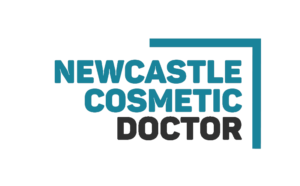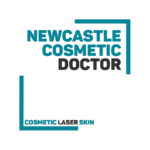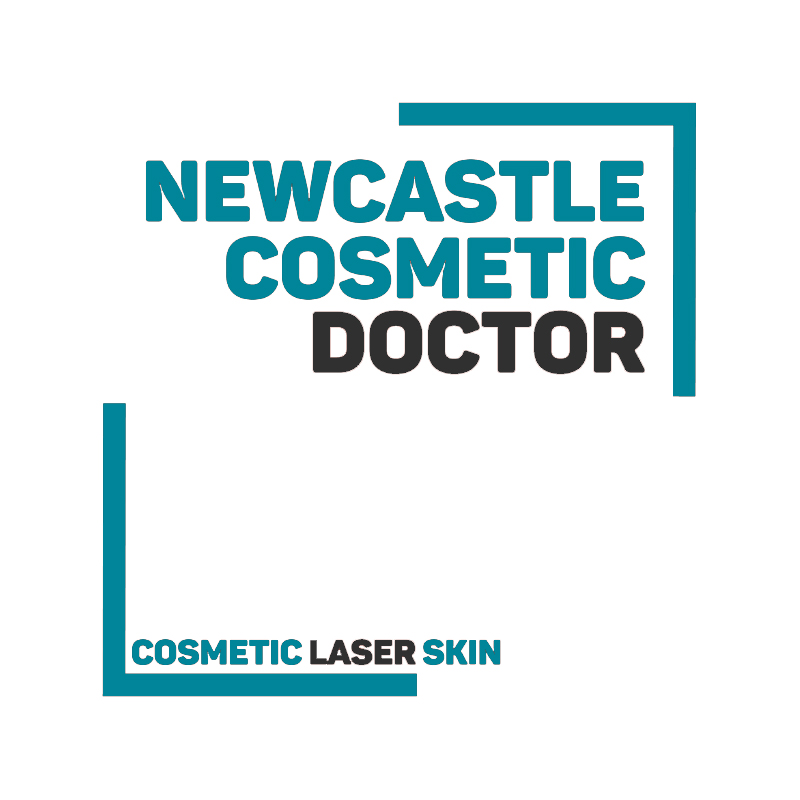Cause / Mechanism
Thermal injury results from excessive fluence, prolonged exposure, incorrect wavelength selection, handpiece misplacement, or reflective surfaces. Wet prep solutions (e.g. alcohol not evaporated) can ignite or concentrate energy. Risk rises with inexperienced operators and uncalibrated devices. 1 2
Risk Factors
- Patient: Fitzpatrick I/II (lower melanin protection), prior scars, recent UV exposure, isotretinoin use.
- Device: high fluence/long pulse duration, incorrect wavelength, poorly maintained handpieces.
- Operator: inadequate training, rushed technique, poor test-spot assessment.
- Environment: reflective jewellery, moist skin, alcohol residue. 1 3
Signs & Symptoms
- Mild: transient erythema, mild oedema.
- Moderate: blistering, partial-thickness burn, grid/stripe marks.
- Severe: full-thickness burn, charring, scarring potential. 4
Prevention
- Mandatory test spots prior to treatment.
- Strict adherence to manufacturer fluence and pulse parameters.
- Ensure skin is clean/dry, flammables fully evaporated.
- Protective drapes, avoid reflective surfaces.
- Operator training to AS/NZS 4173 standards. 1 5
Management Protocol
Immediate Actions:
- Stop treatment; shut down laser safely.
- Apply cool running water for 20 minutes within 3 hours (avoid ice). 6
- Cover with non-adherent dressing.
Mild Injury:
- Cool, cleanse, non-adherent dressing.
- Provide patient reassurance; review in 48–72h.
Moderate/Severe Injury:
- Analgesia as required.
- Same-day referral to burns/ED if >palmar size, circumferential, face/genitals involved, or suspected deep burn. 6 7
Infection Prevention:
- Standard precautions, aseptic dressing technique.
- Provide wound care advice consistent with Australian IPC standards. 8 9
Follow-up & Documentation
- Document event (laser parameters, endpoint, photos).
- Provide written aftercare and burn care instructions.
- Schedule wound review within 2–5 days.
- If scarring anticipated: early referral for scar management (silicone gel, dermatology).
- Record incident in Laser Log and report serious events to SafeWork NSW if notifiable. 10
Sources
- Standards Australia/Standards NZ (2018). AS/NZS 4173: Safe use of lasers and intense light sources in health care., viewed 7 October 2025, https://www.standards.org.au ↩︎
- ARPANSA (2024). Advice for providers: Lasers, IPL and LED for cosmetic purposes., viewed 7 October 2025, https://www.arpansa.gov.au ↩︎
- NSW EPA / SafeWork NSW. Information on lasers in workplaces., viewed 7 October 2025, https://www.safework.nsw.gov.au ↩︎
- UNSW Safety. Laser safety hazards (Class 3B/4)., viewed 7 October 2025, https://safety.unsw.edu.au ↩︎
- Safe Work Australia. Laser classifications and duties., viewed 7 October 2025, https://www.safeworkaustralia.gov.au ↩︎
- ANZCOR (2023). First Aid for Burns — Guideline 9.1.3., viewed 7 October 2025, https://www.anzcor.org/assets/anzcor-guidelines/guideline-9-1-3-first-aid-for-burns-227.pdf ↩︎
- ACI (NSW). Burn guideline evidence check., viewed 7 October 2025, https://aci.health.nsw.gov.au ↩︎
- ACSQHC (2023). Australian Guidelines for the Prevention and Control of Infection in Healthcare., viewed 7 October 2025, https://www.safetyandquality.gov.au ↩︎
- Queensland Health (2025). IPC guidelines and links., viewed 7 October 2025, https://www.health.qld.gov.au ↩︎
- Ahpra (2025). Guidelines for practitioners performing non-surgical cosmetic procedures., viewed 7 October 2025, https://www.ahpra.gov.au ↩︎


